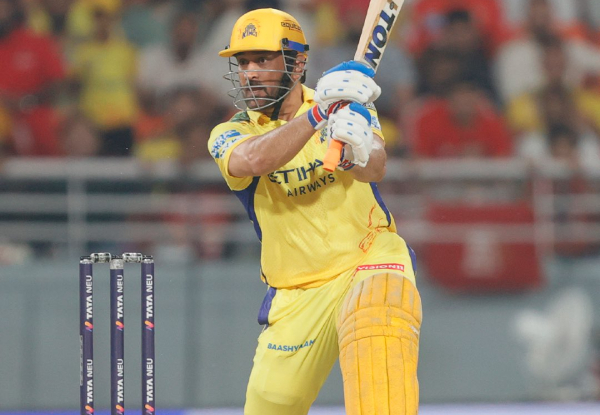Shubman Gill's preference to bat at No 3 is a step in the right direction as Team India's transition phase begins.

Introduction:
The recent decision to position Shubman Gill at the No. 3 spot in Tests against the West Indies has sparked considerable debate among cricket enthusiasts and experts. In this blog post, we delve into the rationale behind this decision and analyze whether it could be perceived as a misstep. Let's explore the various aspects and factors involved in this strategic move.
Shubman Gill's Potential as an Opener:
Shubman Gill has primarily played as an opening batsman in his career thus far.
Gill's natural batting style and technique suit the role of an opener, allowing him to capitalize on the fielding restrictions during the initial overs.
His impressive performances in recent times have showcased his ability to adapt to different conditions and situations as an opener.
The Argument for Gill at No. 3:
The decision to push Gill down the order stems from the need to accommodate other talented openers in the squad.
With Rohit Sharma and Mayank Agarwal displaying remarkable form as openers, the team management aimed to provide continuity and stability to the batting lineup.
Gill's versatility as a batsman could enable him to adapt and perform effectively in the middle order as well.
Gill's Adaptability to Different Batting Positions:
Shubman Gill's technique and temperament make him well-suited to adjust to different batting positions.
His ability to counter-swing, negotiate spin, and construct innings with composure has been evident throughout his career.
Gill's adaptability was highlighted during the India-England series where he demonstrated his effectiveness in both opening and middle-order roles.
Challenges Faced by Gill at No. 3:
Batting at No. 3 often exposes batsmen to the new ball, which can pose challenges against quality fast bowlers.
Gill may encounter difficulties in adjusting his game to the early swing and pace.
The added responsibility of stabilizing the innings and playing a more cautious role may affect his natural attacking instincts.
Finding the Right Balance:
Team management faces the critical task of finding the right balance between team requirements and player preferences.
While accommodating multiple talented openers is important, maintaining a consistent batting order is crucial for the team's success.
Assessing Gill's comfort level, discussing strategies, and providing the necessary support can help optimize his performance at No. 3.
Conclusion:
The decision to position Shubman Gill at No. 3 in Tests against the West Indies can be viewed as a calculated risk aimed at optimizing the team's batting lineup. Gill's adaptability, technique, and potential to excel in different positions make him a strong candidate for the role. However, challenges such as adjusting to the new ball and playing a more cautious role may need to be addressed. Striking the right balance between team requirements and player preferences will be essential in determining the success of this strategic move.



23.jpg)
22.jpg)
